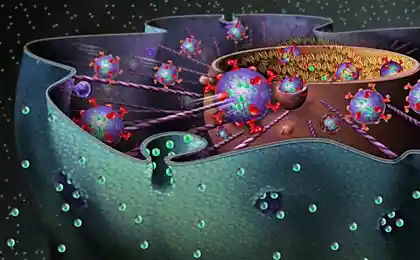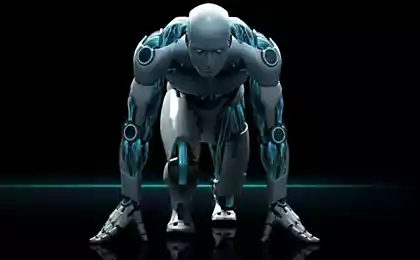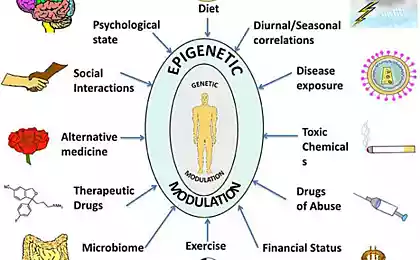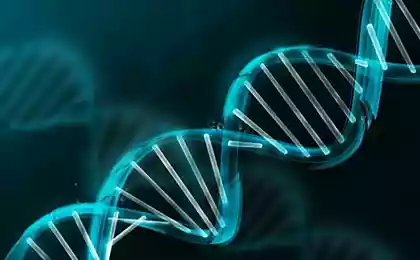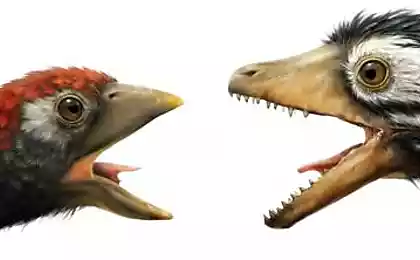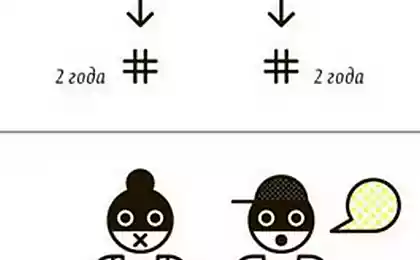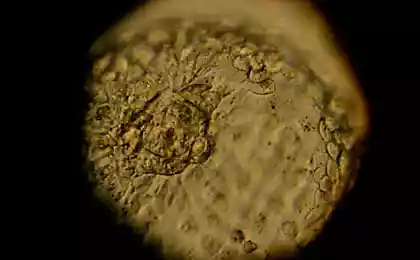182
7 facts about editing the genome of human embryos
The permission to edit the genome of human embryos for research purposes, issued by the British Ministry of Health, has once again drawn attention to this area of scientific activity. Scientific American has collected 7 basic facts about the editing of the genome of human embryos.
1. To date, there is only one published study that describes genome editing of human embryonic cells.
In April 2015, a team of scientists from Sun Yat-sen University in Guangzhou, China, led by geneticist Junjiu Huang, described the use of the popular CRISPR/Cas9 technology to edit the genome of human embryos. In the weeks before the study’s publication, rumors of the work sparked a debate about the ethics of interfering with the genome of human eggs, sperm or embryos, collectively called germ cells.
Huang Junju and his colleagues used non-viable embryos that could not lead to the birth of a child, but still changes in germ cells can be passed down through generations, so the question of ethical norms remains.
2. Each country has its own legislation regarding the editing of human germ cells.
Germany strictly restricts experiments on human embryos, and violations are criminal. In China, Japan, Ireland, and India, only non-legally binding regulations restrict genome editing in human embryos.
3. To be able to modify genes, you do not need to be a pro.
The CRISPR/Cas9 technology modifies DNA so cheaply and easily that even amateur biologists working in converted garages can use it.
4. Cas9 isn’t the only gene-correcting player.
The key ingredient in the CRISPR/Cas9 system is the Cas9 enzyme, which cuts DNA. But in September 2015, molecular biologist Feng Zhang of the Broad Institute — a research center that is a joint project of MIT and Harvard University — reported the discovery of a protein called Cpf1 that could make genome editing even easier. (Zhang was one of the first to use CRISPR/Cas9 to alter the genome in mammalian cells.)
5. “On the front line” in experiments with genome editing – pigs.
Both dogs and goats and monkeys are residents of an ever-expanding CRISPR zoo, but pigs have been at the center of some of the most high-profile studies – from micro-pigs, which weigh about six times less than a normal pig, to highly muscular pigs, and pigs whose genomes have been altered in 62 locations (for organ donation purposes).
6. Bill Gates, Google and DuPont want to be part of the genome editing industry.
In August 2015, several prominent investors, including the Bill and Melinda Gates Foundation and Google Ventures, invested $120 million in a gene-editing firm called Editas Medicine in Cambridge, Massachusetts.
Agriculture is not far behind, either – in October, DuPont entered into an agreement with California-based firm Caribou Biosciences, announcing its intention to use CRISPR/Cas9 technology to modify crop genes.
7. CRISPR/Cas9 is at the heart of a patent dispute.
In April 2014, Feng Zhang received a US patent for CRISPR/Cas9 technology. But months before he filed, molecular biologist Jennifer Doudna of the University of California, Berkeley, and Emmanuelle Charpentier of the Max Planck University in Berlin filed their own patents for a similar technology. And now the University of California, Berkeley, has demanded that the United States Patent and Trademark Office determine who has the intellectual rights to use the technology, particularly in applications to human cells.
Similar disputes erupted in Europe, where a patent that Feng Jang and his colleagues had obtained was challenged.
All three scientists are founders of various companies that deal with the use of CRISPR / Cas9 technology.
Translated by Maria Stroganova P.S. And remember, just by changing our consumption, we change the world together! © Join us on Facebook , VKontakte, Odnoklassniki
Source: www.pravmir.ru/7-faktov-o-redaktirovanii-genoma-chelovecheskih-embrionov/
1. To date, there is only one published study that describes genome editing of human embryonic cells.
In April 2015, a team of scientists from Sun Yat-sen University in Guangzhou, China, led by geneticist Junjiu Huang, described the use of the popular CRISPR/Cas9 technology to edit the genome of human embryos. In the weeks before the study’s publication, rumors of the work sparked a debate about the ethics of interfering with the genome of human eggs, sperm or embryos, collectively called germ cells.
Huang Junju and his colleagues used non-viable embryos that could not lead to the birth of a child, but still changes in germ cells can be passed down through generations, so the question of ethical norms remains.
2. Each country has its own legislation regarding the editing of human germ cells.
Germany strictly restricts experiments on human embryos, and violations are criminal. In China, Japan, Ireland, and India, only non-legally binding regulations restrict genome editing in human embryos.
3. To be able to modify genes, you do not need to be a pro.
The CRISPR/Cas9 technology modifies DNA so cheaply and easily that even amateur biologists working in converted garages can use it.
4. Cas9 isn’t the only gene-correcting player.
The key ingredient in the CRISPR/Cas9 system is the Cas9 enzyme, which cuts DNA. But in September 2015, molecular biologist Feng Zhang of the Broad Institute — a research center that is a joint project of MIT and Harvard University — reported the discovery of a protein called Cpf1 that could make genome editing even easier. (Zhang was one of the first to use CRISPR/Cas9 to alter the genome in mammalian cells.)
5. “On the front line” in experiments with genome editing – pigs.
Both dogs and goats and monkeys are residents of an ever-expanding CRISPR zoo, but pigs have been at the center of some of the most high-profile studies – from micro-pigs, which weigh about six times less than a normal pig, to highly muscular pigs, and pigs whose genomes have been altered in 62 locations (for organ donation purposes).
6. Bill Gates, Google and DuPont want to be part of the genome editing industry.
In August 2015, several prominent investors, including the Bill and Melinda Gates Foundation and Google Ventures, invested $120 million in a gene-editing firm called Editas Medicine in Cambridge, Massachusetts.
Agriculture is not far behind, either – in October, DuPont entered into an agreement with California-based firm Caribou Biosciences, announcing its intention to use CRISPR/Cas9 technology to modify crop genes.
7. CRISPR/Cas9 is at the heart of a patent dispute.
In April 2014, Feng Zhang received a US patent for CRISPR/Cas9 technology. But months before he filed, molecular biologist Jennifer Doudna of the University of California, Berkeley, and Emmanuelle Charpentier of the Max Planck University in Berlin filed their own patents for a similar technology. And now the University of California, Berkeley, has demanded that the United States Patent and Trademark Office determine who has the intellectual rights to use the technology, particularly in applications to human cells.
Similar disputes erupted in Europe, where a patent that Feng Jang and his colleagues had obtained was challenged.
All three scientists are founders of various companies that deal with the use of CRISPR / Cas9 technology.
Translated by Maria Stroganova P.S. And remember, just by changing our consumption, we change the world together! © Join us on Facebook , VKontakte, Odnoklassniki
Source: www.pravmir.ru/7-faktov-o-redaktirovanii-genoma-chelovecheskih-embrionov/

